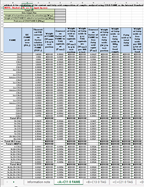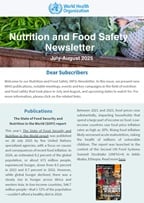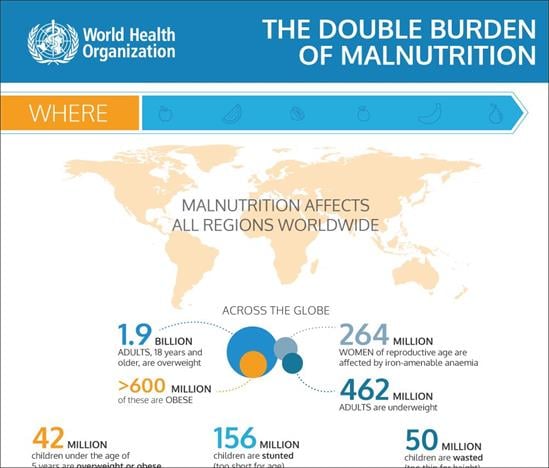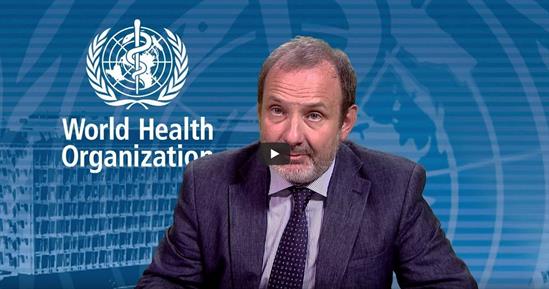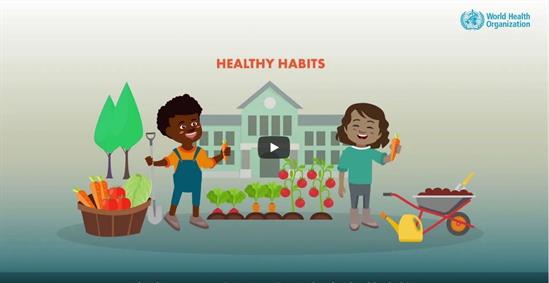Safia holds her malnourished daughter Sahra 1 year old, in Bay Regional Hospital, in Baidoa, Somalia.
Malnutrition
Malnutrition refers to deficiencies or excesses in nutrient intake, imbalance of essential nutrients or impaired nutrient utilization. The double burden of malnutrition consists of both undernutrition and overweight and obesity, as well as diet-related noncommunicable diseases. Undernutrition manifests in four broad forms: wasting, stunting, underweight, and micronutrient deficiencies.
Wasting is defined as low weight-for-height. It often indicates recent and severe weight loss, although it can also persist for a long time. It usually occurs when a person has not had food of adequate quality and quantity and/or they have had frequent or prolonged illnesses. Wasting in children is associated with a higher risk of death if not treated properly. Stunting is defined as low height-for-age. It is the result of chronic or recurrent undernutrition, usually associated with poverty, poor maternal health and nutrition, frequent illness and/or inappropriate feeding and care in early life. Stunting prevents children from reaching their physical and cognitive potential. Underweight is defined as low weight-for-age. A child who is underweight may be stunted, wasted or both.
Micronutrient deficiencies are a lack of vitamins and minerals that are essential for body functions such as producing enzymes, hormones and other substances needed for growth and development.
In 2018, stunting affected an estimated 21.9% or 149 million children under the age of 5 years, while wasting affected 7.3% or 49 million children under the age of 5 years. Around 45% of deaths among children under the age of 5 years are linked to undernutrition. These mostly occur in low- and middle-income countries. At the same time, in these same countries, rates of childhood overweight and obesity are rising. Every country in the world is affected by one or more forms of malnutrition. Combating malnutrition in all its forms is one of the greatest global health challenges.
Women, infants, children and adolescents are at the highest risk of malnutrition. Optimizing nutrition early in life – including the 1000 days from conception to a child’s second birthday – ensures the best possible start in life, with long-term benefits.
Poverty amplifies the risk of, and risks from, malnutrition. People who are poor are more likely to be affected by different forms of malnutrition. Malnutrition increases health care costs, reduces productivity and slows economic growth, which can perpetuate a cycle of poverty and ill-health.
WHO works with Member States and partners towards the goal of ending all forms of malnutrition by 2030 as part of the Sustainable Development Goals. Meeting this goal is contingent on securing universal access to effective nutrition interventions and to healthy diets from sustainable and resilient food systems.
To this end, WHO advocates for policies that promote nutrition on a global scale and develop evidence-informed guidance for their implementation. This work is framed by the 2012 World Health Assembly resolution 65.6: Comprehensive implementation plan on maternal, infant and young child nutrition. It also contributes to the United Nations Decade of Action on Nutrition 2016–2025. Actions to end malnutrition are also vital for achieving the diet-related targets of the Global action plan for the prevention and control of noncommunicable diseases 2013–2020, the Global strategy for women’s, children’s, and adolescent’s health 2016–2030, and the 2030 Agenda for sustainable development.



